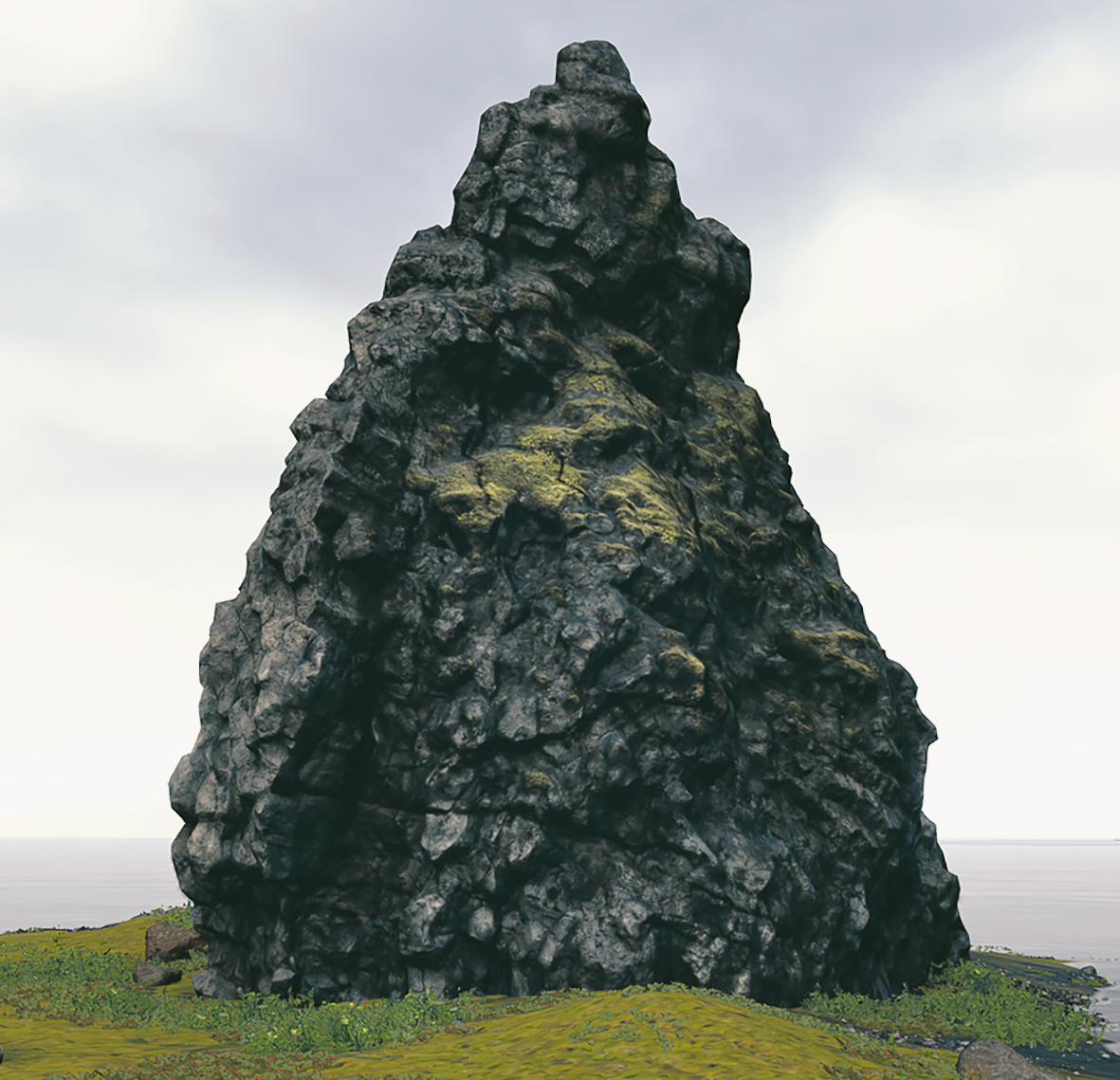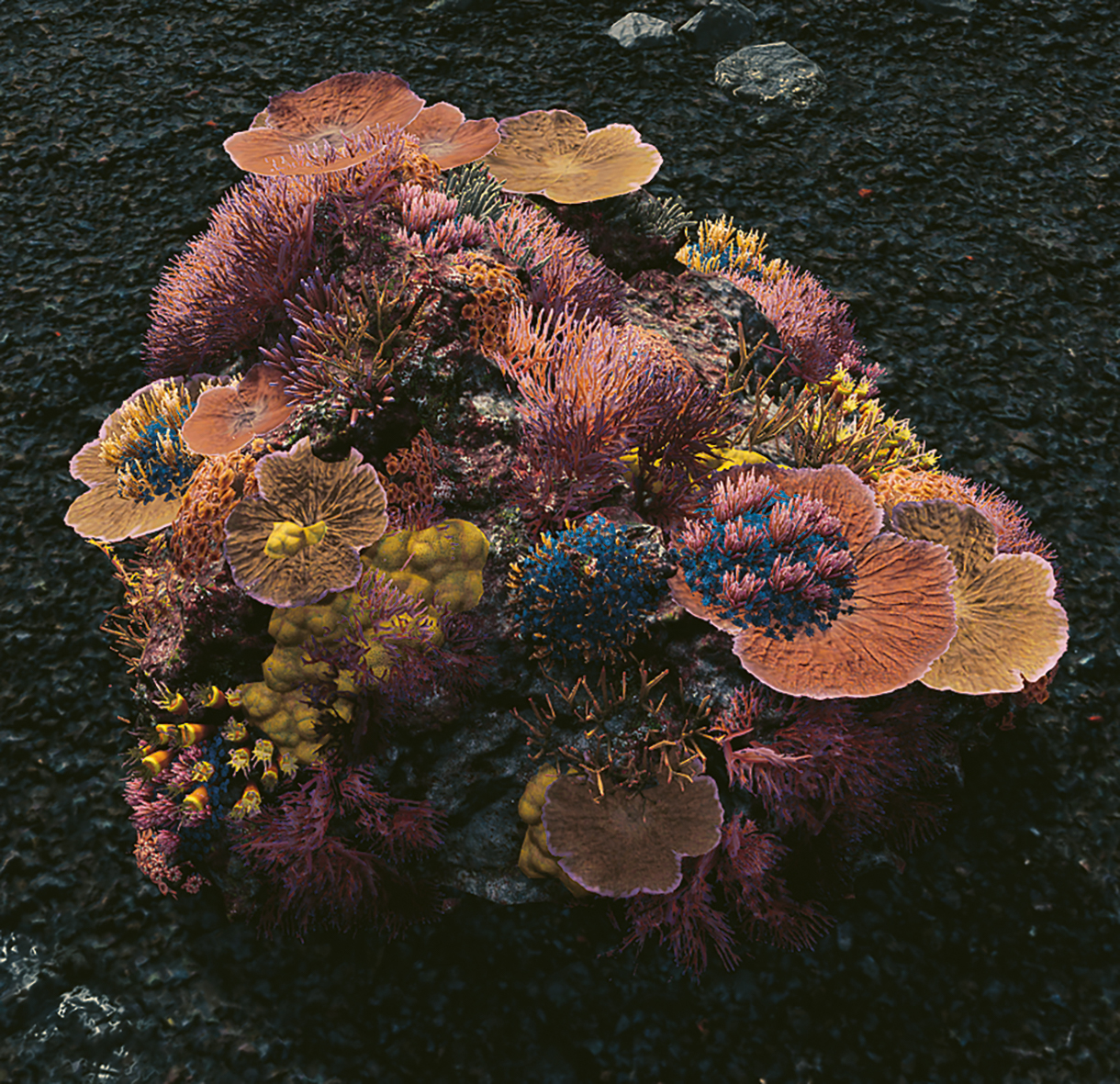This piece originally appeared on VICE France.
Back when most of us were watching warily as a new virus spread at top speed through China, Swiss photographer Pascal Greco was pouring over maps and planning a journey through Iceland. It was to be his third trip to the country and he’d intended to train his lens on the island’s unique architecture.
Videos by VICE
His plans – along with everyone else’s – fizzled out as we hurtled towards global lockdown. Hoping to alleviate his boredom, Greco headed to his local MediaMarkt — the French equivalent of Currys — where he walked out with a PlayStation 4 and a copy of Death Stranding, the latest game by Hideo Kojima, the Japanese mastermind behind titles like Metal Gear Solid 3: Snake Eater and Zone of the Enders.

Death Stranding is one of the most talked about video game releases of the past few years. Described by Waypoint’s Rob Zacny as “a weirdly entertaining game about mail delivery in a purgatorial US” and a “metaphysical sci-fi epic”, the 2019 release is considered by many as a cross between a survival horror game — think the Resident Evil or Silent Hill series — and a walking simulator.
You play as Sam Bridges, a courier despatched to deliver items for a company that acts, as Zacny puts it, as a “combination mail service, telecom utility, and manufacturer” in the near-future.
“The moment I loaded the game up and saw the environment, I was like, ‘That’s Iceland!’” Greco recalls. “There was the same black sand, moss, streams, and waterfalls.” Playing it paralleled life in the time of COVID — a period which shone the spotlight on key workers, with delivery drivers doling out the comforts many of us craved in a moment of shared anxiety.

Fascinated by the game, and with his photography work on hold, Greco found himself aimlessly strolling through the game’s landscape. Despite it being set in a post-disaster America, he couldn’t shake the feeling of being in Iceland as he trudged through the game’s apocalyptic tundras. “At some point,” he recalls, “my fingers slipped and I found myself in the game’s photo mode without even meaning to.”
Without knowing it, Greco had joined a movement that sits somewhere between gaming and photography, known rather lumpily as “in-game photography”. Nintendo’s 1999 title Pokemon Snap saw gamers prowl a character filled landscape armed with a camera, and all manner of modern titles — spanning everything from Sony’s racing game Gran Turismo Sport to Rockstar’s cowboy-simulator Red Dead Redemption 2 —feature modes where the player can assume the role of in-game artist. “In some photo modes, you can adjust a lot of basic settings that you find in real-life photography, like aperture,” observes Greco.
Intrigued by his accidental discovery of the photography mode within Death Stranding, he begun exploring it in detail. “There was even a Polaroid function, which is what I take photos with in real life.”

So it was that Greco ended up going on a photographic trip through this Icelandic transplant, taking his controller for long strolls over basalt stones and past mountain silhouettes. It’s apparent from looking at the photos that Greco put a lot of consideration into how best to capture the various textures within the game itself, resulting in images that flirt with a certain sense of realism. At their best, they leave us, as viewers, uncertain as to the veracity and providence of what we’re seeing.

Preemptively batting away misconceptions about the ease of shooting work in this way, Greco says, “You still have to really search for the right position, the perfect angle to take the photo you want.” When it comes to Death Stranding, the game’s emphasis on perambulation means that getting the perfect shot requires in-game effort. “You have to fumble around until you finally arrange yourself in just the right spot. And you can’t just zoom from 25 meters away; you really have to walk over.”
Greco has collated his Death Stranding material for “Place(s), a book set to come out in November this year. Its release will likely spark more debate around the notion of whether or not in-game imagery counts as “real” photography.

“For me, it’s an experiment, above all,” says Greco. “But of course you take a photographic approach — you have to find the right subject, the best framing, the ideal light and setting.” This stance is shared by curator and researcher Marco de Mutiis, who has taken a great interest in in-game photography.

The epilogue of Greco’s book features a conversation between the two men on the subject. For De Mutiis, the practice falls under the category of “post-photography”, a term popularised after the 2014 publication of Robert Shore’s book Post-Photography: The Artist With a Camera and used to describe how photography is changing in the digital age.

In the epilogue, de Mutiis compares in-game photography to street photography: Both are an attempt to capture things they didn’t bring into being. Seemingly, it doesn’t matter if the objects, people, architecture, or landscapes exist here in reality — all that matters is the possibilities they throw up to photographers.



